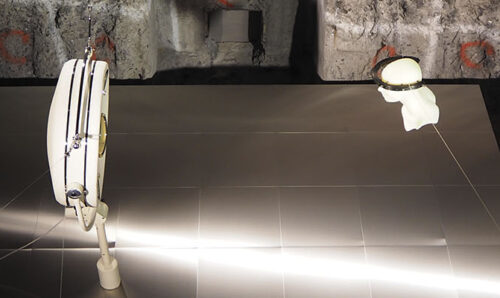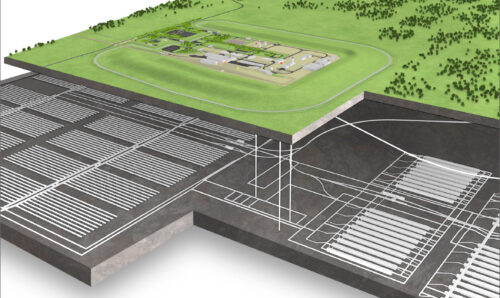The commoditisation of nuclear power
Blog 10 October 2024
Author: Richard Taylor, BNFL chair in Nuclear Energy Systems, Dalton Nuclear Institute, The University of Manchester
I recently co-authored a paper on the commoditisation of nuclear power. The work explores what it would take to transform nuclear reactors into everyday ‘objects of desire’, essential to the fabric of all our lives.
Technologies are emerging which could revolutionise not just how nuclear energy is delivered but, equally as importantly, how it is perceived. Developments in digital technology mean that the concept of a ‘digital twin’ is now a credible ambition. In the paper we envision such a twin of each micro-reactor which shares its unique history and hence can be used to predict its evolution. Combine this with state-of-the-art ‘flow’ based manufacturing and a sustainable lifecycle which caters for removal and recycle, and you could imagine a fresh new paradigm for nuclear provision.
A commodity is something both useful and valuable. For most consumers this involves a disassociation from fundamental technology, and it is this separation that underpins the process of commoditisation. You do not value your smartphone because of the fancy electronics (nerds excepted), you associate it with what it provides and what it enables. To realise its value, you expect it to look beautiful, function predictably and to be upgradable and disposable without regret or remorse.
A micro-reactor and its unique digital twin have the potential to deliver all the technical underpinning of this commoditisation journey, as well as bringing baseload nuclear into the same cost conversation as ubiquitous but intermittent renewables. The centralisation of manufacture, quality and regulation into a factory environment would also potentially shift nuclear from the world of bespoke tailoring towards off-the-peg affordability. To summarise: we have the technology, (or at least we can see it on the horizon) we have the blueprint and, indisputably, we have the need for green energy. So, to quote a notable Danish royal, ‘Where’s the rub?’
The answer is complex and caught up in the institutionalised norms that continue to dominate the nuclear debate. The ‘we’re safe and we’re saving the planet’ rhetoric still typical of a lot of nuclear messaging hits the average Millennial or GenZ’r as an attempt at gaslighting, often with unpleasant accents of virtue signalling. Thus, the language of ‘public acceptance’ risks promoting distaste or at best (worst?) apathy in the hearts and minds of the demographic that most need to care.
Commoditisation is not about acceptance. We do not accept or tolerate the things that facilitate our daily lives. We desire them, we need them, and, for the most part, we recognise our accountability for making them sustainable through our lifestyles. Look at contemporary attitudes to food, recycling, energy efficiency – the list goes on.
Commoditisation is a process of letting go for an industry that does not know how. It is disruptive, perhaps even revolutionary. Irrespective of your stance on nuclear, to me, this sounds like a good thing.





Leave a Reply